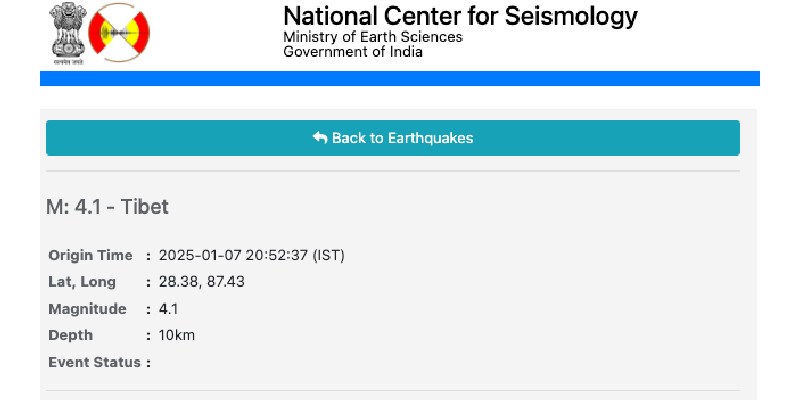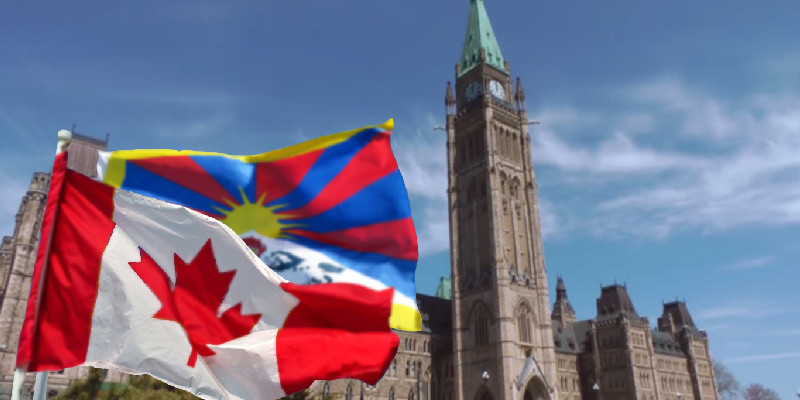Dharamshala, 22nd October: Of course not, in order to save you from having to read all of the details. According to Tibetan rights activists, a network of dams on rivers originating in Tibet Autonomous Region (TAR) alters water flow, creates new lakes, disrupts local ecosystems, and restricts the movement of silt that makes agricultural land fruitful.
Between 1990 and 2015, it is estimated that at least a million people were evacuated from Tibet to make space for mining and hydroelectric projects. Local authorities have previously dealt harshly with Tibetan protests opposing hydropower projects. Six women were reported to have been shot by Chinese security agents in 2009. They were protesting in Yajiang, Ganzi, against a forced relocation.
Furthermore, it is widely assumed that the hydroelectricity generated by Tibet’s hydropower plants is primarily exported to China’s industrial towns. Even dam construction does not employ many Tibetans within the region, as the power corporations primarily hire Tibetans from outside the TAR.
The Lianghekhou dam has an impact on Tibetans who live upstream of the Yalong River, which originates in the Tibet-Qinghai plateau, up to 100 kilometers away. Tibetan rights advocates predict that when the Lianghekou project is finished in 2023, it will flood ancestral houses, treasured Buddhist monasteries, bountiful fields, and sacred mountains like Palshab Drakar. Approximately 6,000 people were reportedly displaced as a result of the project, which spanned four counties. Compensation for the relocated persons was roughly 300,000 yuan (the US $ 44,000 at the time).
Furthermore, Sichuan, where the dam is located, is considered a seismically active region. The epicenter of the 2008 earthquake, which killed 87,000 people, injured 370,000, and displaced 5 million people, was in Wenchuan county, just a few hundred kilometers from Lianghekou. Some speculate that the earthquake was caused by dam reservoir water pressure.
The first unit of the 295-meter Lianghekou hydropower plant, which was one of 22 level power stations on the Yalong River approved by China’s National Development and Reform Commission in September 2014, went into service in Yajiang County, Sichuan Province, in late September 2021. By 2023, the last five units should be operational.
The Lianghekou hydropower plant, designed by the state-owned Chengdu Engineering Corporation, is China’s and the world’s second-highest hydroelectric facility. With a depth of 285 meters, it has the world’s deepest reservoir. The intake tower at the power plant is 115 meters tall.
The hydropower project is expected to generate 11 billion kilowatt-hours of electricity per year. The dam is estimated to cut raw coal usage by 13.3 million tonnes per year and carbon dioxide emissions by 21.3 million tonnes per year once completed.







Leave a Reply